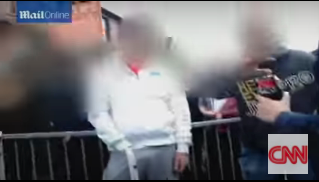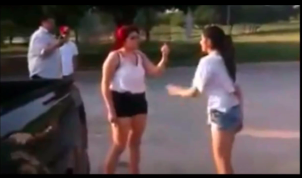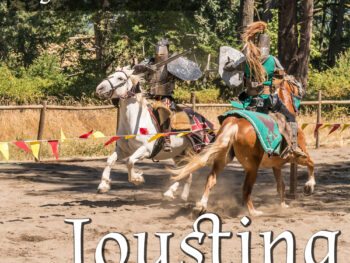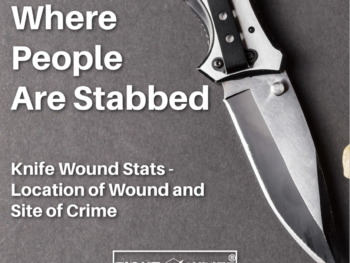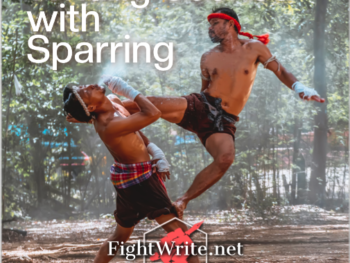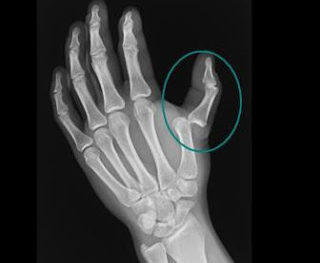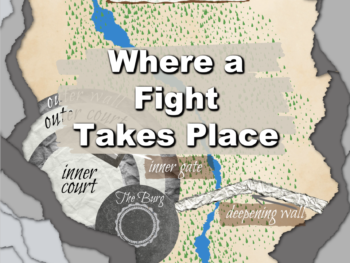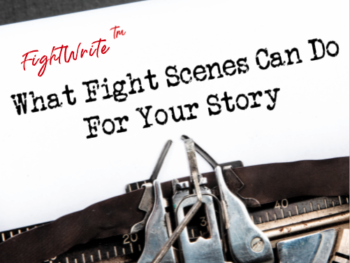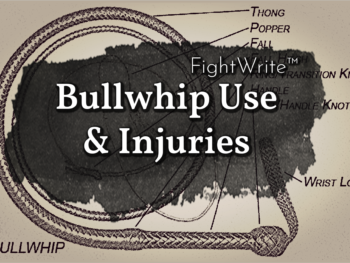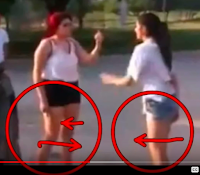
We’ve been in a series regarding blades and the damage they cause. For today’s installment, we’re
going to hit the rewind button and look at what leads up to blade damage. We’re going to examine precursors to attack. Not fight. Attack.
In order for a fight scene to be realistic, everything leading up to it has to be true to life as well. If your character means to do harm, they will give predicative cues. Even if they remain silent, their body will communicate what their mind intends. And, yes, the body will also communicate if a weapon is forthcoming.
PATC Legal & Liability Risk Management Institute conducted a study on interpersonal cues predicting assault. A sample of 129 law enforcement officers, all assaulted at least once on the job, chose eleven behaviors that signaled attack. They are listed from least to most predicative.
11. Stretching arms / shoulders
10. Sweating profusely
9. Pacing
8. Tense jaw muscles
7. Head rolls / neck stretches
6. Looking around the area
5. Making verbal threats
4. Clenching hands into fists
3. Placing hands in pockets (Hiding hands)
2. Invading personal space
1. Assuming a fighter’s stance
To continue our series on blade damage, we are going to focus on two of these cues plus one more. We’ll look at fighter’s stance, hiding hands and, as well, body blading. The last is peculiar to attacks with weapons.
In our post on Types of Punches we looked at a solid fight stance. But, that stance was specifically for Muay Thai. Depending upon your sport or martial art, what you consider a fighting stance may vary. Here are four common fight stances for Muay Thai, boxing (Sugar stance), wrestling and street defense.
Now, Shane Fazen is a trained fighter. If you ever pick a fight with someone and they adopt a proper street fighting stance as he does in this video, you have made a grave error in judgement! Let it go, move along.
If your character is a regular person, the stance they take before an attack will not look exactly like Shane’s. Again, he is a trained fighter and most folks are not trained fighters. Your character may have been in many fights, but that doesn’t mean they have proper training.
On the street, a fight stance may not be easy to spot. The hands may not go up with palms out in the “I don’t want any trouble” gesture. But, the hands will be up away from the sides, one foot will step back a bit and the chest will be toward the opponent.
This brings us to cues of obscured weaponry. If a person assumes a fight stance but keeps a hand or both hands out of view, they are hiding something. That hidden hand may be behind the back, in a pocket or up a sleeve as seen in the picture here. Had the victim noticed that only one hand was in view or known it was a physical cue, he might not have ended up a victim of a knife attack.
At the Realm Makers writing conference last year I demonstrated how a knife could be hidden in one hand with the entire arm and part of the hand in view. It is very easy to do with a reverse grip. But, even then, with the blade completely out of sight, I was giving a warning signal. My arm was straight. One arm was gesturing as the other was strangely immobile.
In this picture, the attacker is in a fighting stance with one arm up. The other arm, however, is straight. That is because she is hiding a blade. There will be a full breakdown of this particular fight at the end of the post.
The last cue of an attack with a weapon is blading of the body. This means turning the body sideways with the weapon away from the target. The purpose of this is to further hide the already obscured hand.
This picture is from security camera footage. The clerk was very distracted by the item in his hands and didn’t notice that the patron kept one hand in his pocket all times. And, more often then not, the attacker bladed his body. The side of his body that is away from the victim is the side on which he is hiding a dagger. In the full footage you would see the attacker pacing the store, looking around and several times adopting a fighting stance.
Here is an analysis of the physical cues before a blade attack. This is graphic in that you will see blood and explicit as you will hear foul language. Nathan Wagner is the gentleman breaking the fight down for us. He is the creator of the Hourglass Threat Matrix developed specifically for the Fortitude Tactical Group. What you aren’t able to see in the video is the same the victim didn’t see: the blade. You hear onlookers say knife, but Nathan gives good reason why it might have been a razor blade.
Well, there you have it. Not only are you learning how to write a good blade fight scene, you’re learning how to lead up to it. Next week will end the series. We’ll go over some statistics regarding blades attacks and learn how to stitch up a victim. Hurray!
Until the next round at FightWrite.net, get blood on your pages.


